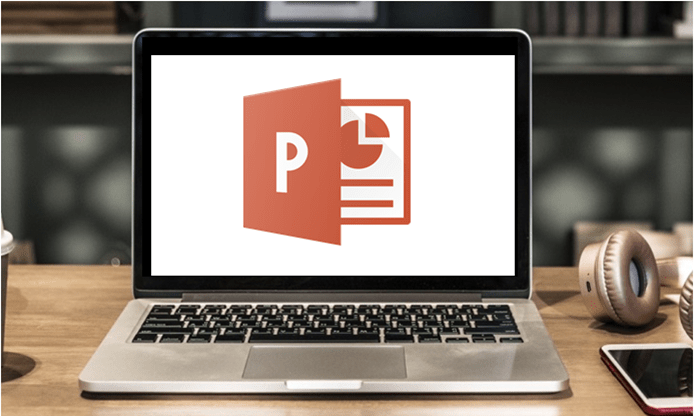

If the editor isn't open, double-click the MainWindow.xaml item in the Solution Explorer. As you navigate the text caret in the code editor, the Properties pane displays the properties and attributes about that object.Īfter your project is created, the XAML code editor is visible with a minimal amount of XAML code to display the window. When both the designer and editor are visible, changes to one is reflected in the other. The XAML code editor gives you a lot more control. The designer may infer the values of properties on a control when the control is added in the designer. The XAML code editor is a way to craft your UI by hand without a designer. This is the XAML code editor for a XAML document. When you select items in the designer, the Properties pane displays the properties and attributes about that object. By selecting and moving items in the designer, you can visually compose the user interface (UI) for your app. It's interactive and you can drag-and-drop objects from the Toolbox.

This is the designer for a XAML document. To add a control to the current form, double-click a control or drag-and-drop the control. The toolbox contains all of the controls you can add to a form. If you select an object in the Designer, you'll see settings for that item. For example, if you select an item from Solution Explorer, you'll see property settings related to the file. This pane shows property settings you can configure based on the item selected. Support for WPF in Visual Studio has five important components that you'll interact with as you create an app:Īll of your project files, code, windows, resources, will appear in this pane. If the designer isn't visible, double-click on the MainWindow.xaml file in the Solution Explorer pane to open the designer. Once the app is generated, Visual Studio should open the XAML designer pane for the default window, MainWindow. NET 7.0 (Standard Term Support) for Target Framework. In the Additional information window, select.

Select the Place solution and project in the same directory check box.In the Configure your new project window, do the following: If you applied the code language filter, you'll see the corresponding template. The following image shows both C# and Visual Basic. Don't select the WPF Application (.NET Framework) template.


 0 kommentar(er)
0 kommentar(er)
